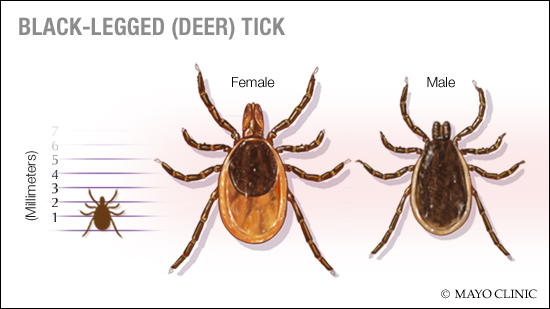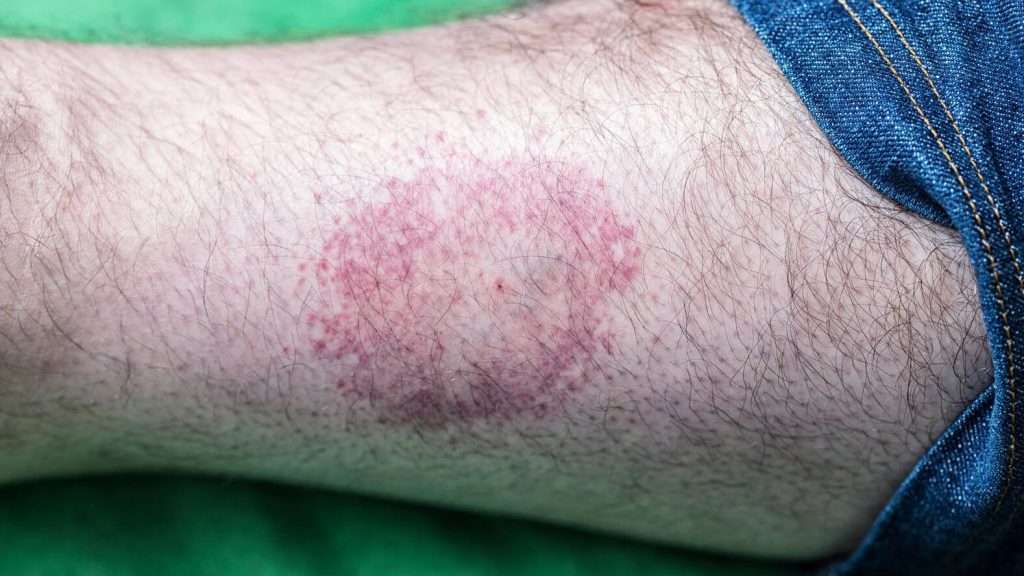In many regions of the U.S. and the world, enjoying the great outdoors comes with a hidden risk: ticks and the diseases they carry. Ticks can carry pathogens like Borrelia burgdorferi and Borrelia mayonii, which can cause Lyme disease in humans. Lyme disease is the most common tickborne illness, but there are also dozens of other diseases that ticks can transmit to humans.
Dr. Bobbi Pritt, director of the Clinical Parasitology Laboratory at Mayo Clinic, says reported cases of tickborne infections are on the rise, and she offers practical tips to prevent bites.
Journalists: Broadcast-quality video (1:00) is in the downloads at the end of this post. Please courtesy: "Mayo Clinic News Network." Read the script.
Most ticks are harmless, but some, like the black-legged tick, cause the most concern.

"This happens to be a female tick; you could see because it has this little hard covering on its back called a scutum. And its mouth parts are of particular interest because that's what pierces the skin and enters into the skin so it can then take what is called a blood meal from a host. Most ticks are harmless, but some, like the black-legged tick, cause the most concern," explains Dr. Pritt.
It's this tick that's a carrier of Lyme disease and other serious illnesses.
"In the United States, Lyme disease is our No. 1 tickborne disease. And we have the most cases worldwide," she says.
If bitten by a tick and no symptoms or rash appear, medical attention is usually not needed, especially if the tick has only been attached for a few hours. Look out for a bull's-eye rash, a common sign of Lyme disease.

"If the person is not treated, the organism can disseminate throughout the body, go to the joints, go to the brain and the nervous system, and cause many other symptoms, including arthritis and encephalitis," she says.
Ticks and diseases
While Lyme disease is the common tick-borne disease, there are other illnesses caused by the bite of an infected tick.
Tick-borne illnesses in the U.S. include:
- Lyme disease.
- Babesiosis.
- Ehrlichiosis.
- Rocky Mountain spotted fever.
- Anaplasmosis.
- Southern tick-associated rash illness.
- Tick-borne relapsing fever.
- Tularemia.
- Colorado tick fever.
- Powassan encephalitis.
- Q fever.
Prevention
Dr. Pritt recommends following the ABCs of tick prevention: Avoid tick-prone areas, use bug spray and wear protective clothing.
The Centers for Disease Control and Prevention recommends using a bug spray that either contains DEET 30% or picaridin. You also could use a bug spray that has oil of lemon eucalyptus in it. Those are all effective.
Related Articles






